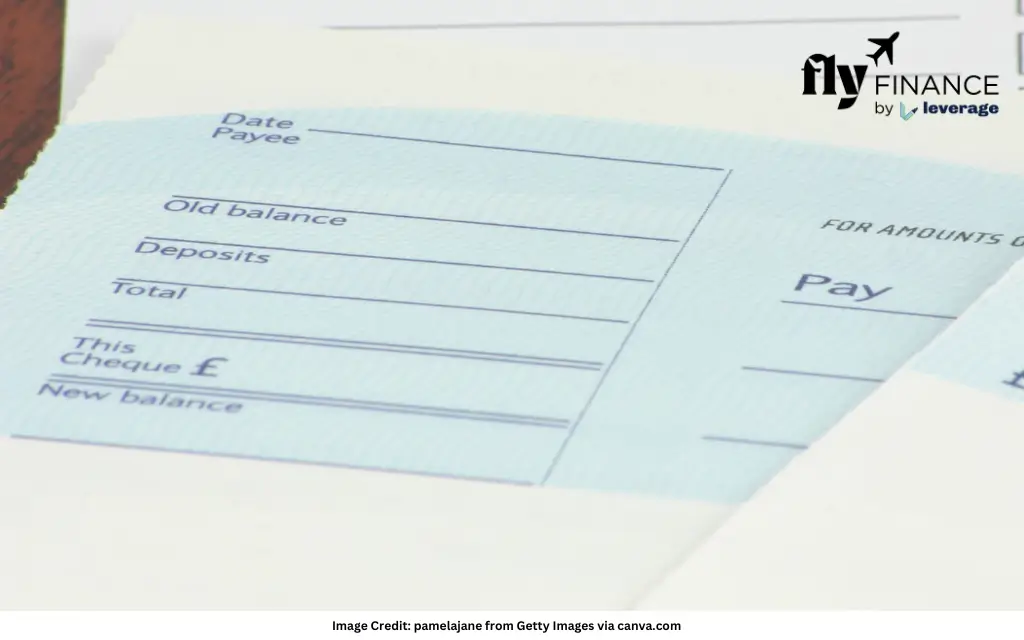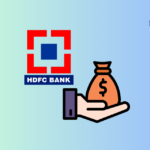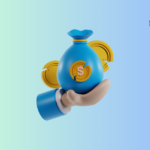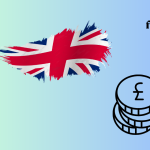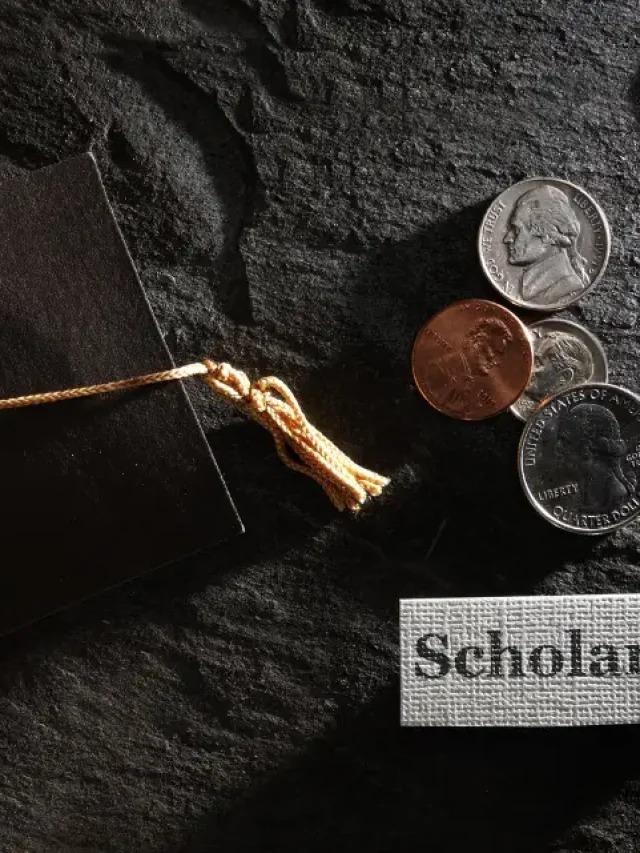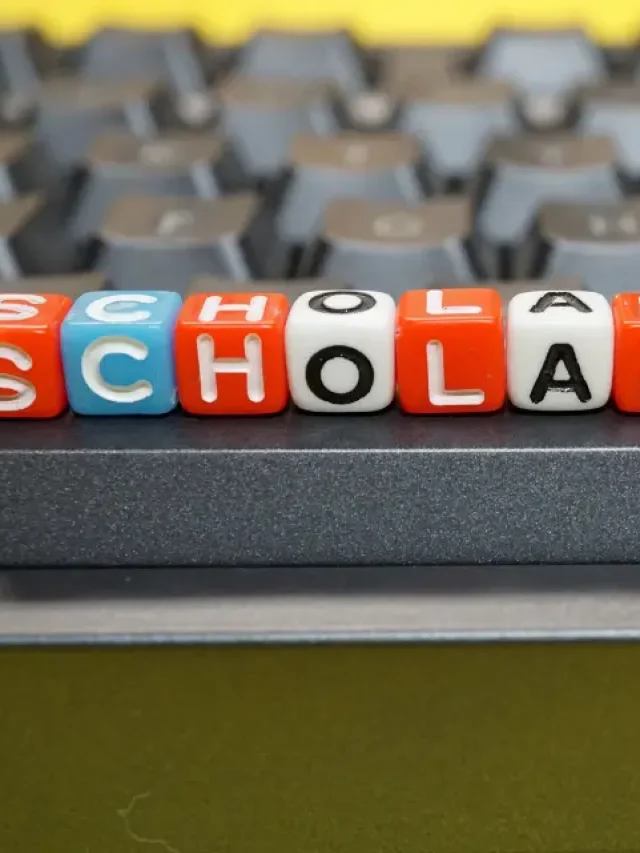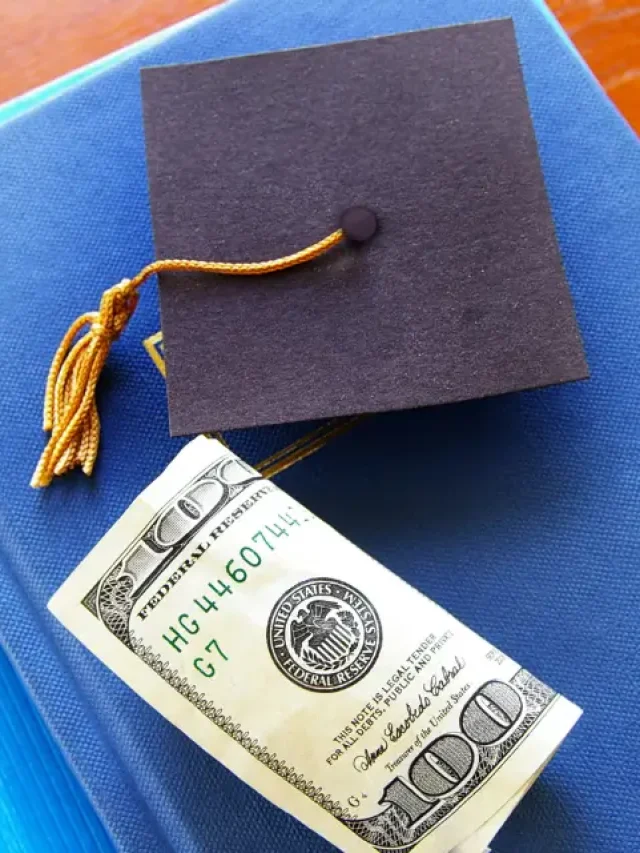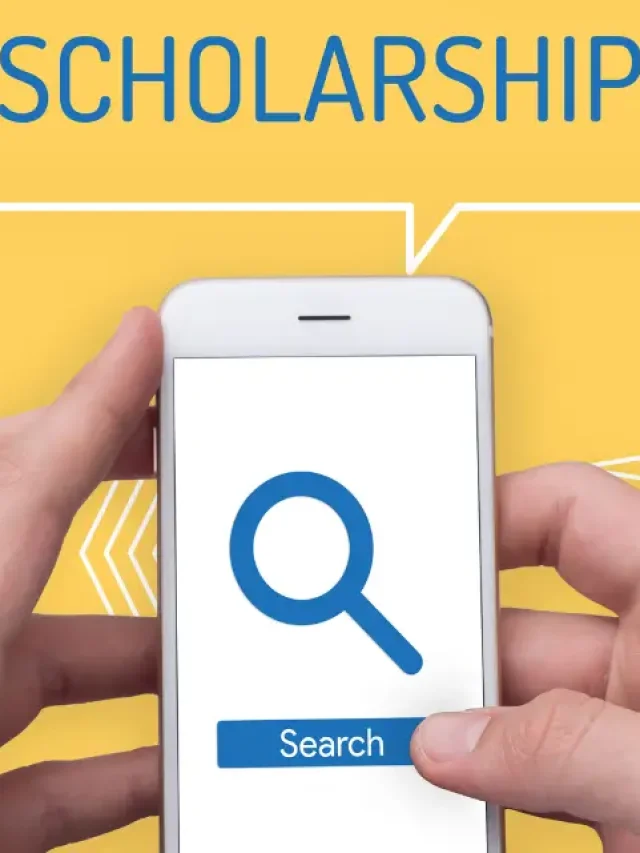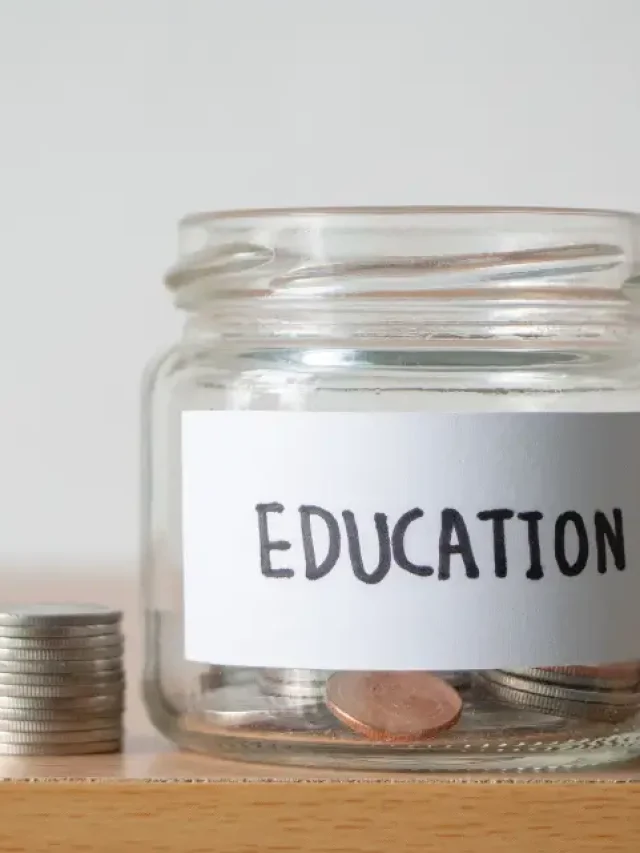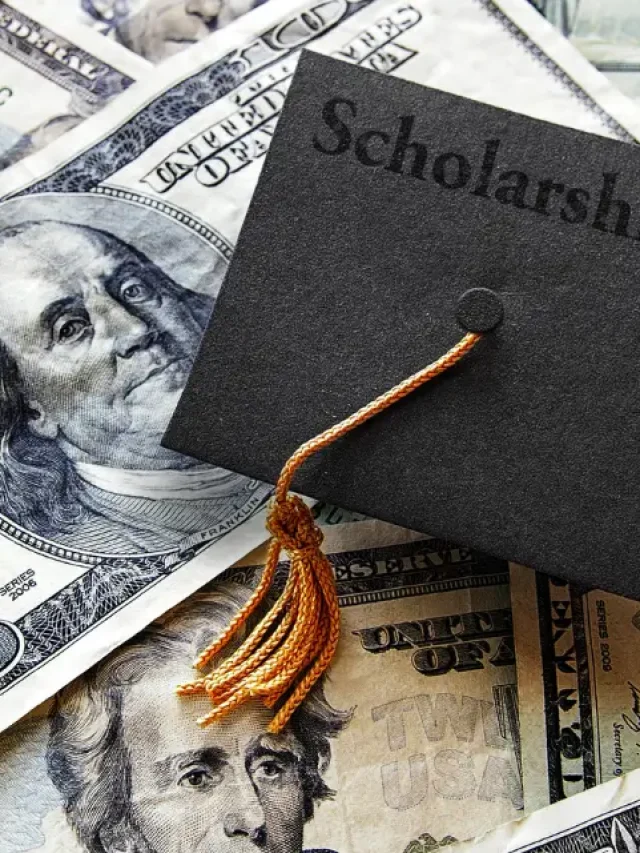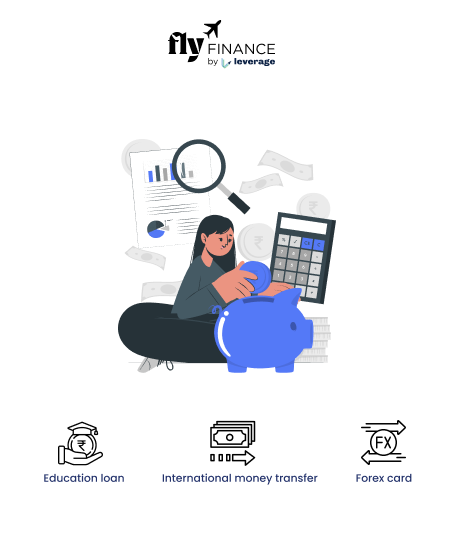What is DD in Bank: When it comes to safe and secure fund transfers, Demand Drafts (DD) are one of the most trusted methods in banking. You can easily rely on Demand Drafts for payments like university fees, application charges, or official transactions.
In this blog, we’ll break it down and cover what a Demand Draft is, how it functions, and why it’s still relevant in today’s digital age. From its key advantages and limitations to how to fill out a DD form correctly, you’ll find everything you need to know about what is DD in bank right here.
This Blog Includes:
What is DD in Bank?
A DD, or Demand Draft is a type of payment instrument that’s issued by a bank and guarantees that the money will reach the person or organisation it’s meant for.
Think of it like a prepaid slip; since the bank takes the money from you upfront, it promises to pay the exact amount to the receiver without fail. This means there’s no chance of the payment bouncing, unlike a personal cheque.
In simple words, a Demand Draft is a safe way to send money, especially when you’re paying someone you don’t know personally, like a college or government office.
It’s often used when the payment needs to be guaranteed, like during university admissions, exam fees, or official applications.
Validity of DD in Bank
A Demand Draft is valid for 3 months from the date of issue. If it is not presented or encashed within this period, it becomes invalid. However, you can revalidate an expired DD by visiting the issuing bank and requesting a reissue.
How Does a Demand Draft Work?
A Demand Draft works like a prepaid money order issued by the bank. Since the bank takes the money in advance, it guarantees the payment to the person receiving it. Here’s how it works in simple steps:
- Visit the Bank: The person who wants to send money (payer) goes to their bank.
- Deposit the Money: They pay the amount to be sent and a small fee for the DD.
- Bank Issues the DD: The bank creates a Demand Draft in the name of the person or organisation who will receive the money (payee).
- Send the DD: The payer gives or sends the DD to the payee.
- Payment Received: The payee deposits the DD in their bank account and gets the money.
Because the bank already has the money, the payment is guaranteed—making DDs a safe and secure option.
Uses of DD in Banking
Demand Drafts are often used when a secure and guaranteed payment is needed. Since the bank backs the payment, it gives confidence to the person or organisation receiving the money. Common uses include:
- Using DD to easily send money abroad from India for payment of education fees to colleges or universities
- Submitting exam or application fees (like competitive exams or government forms)
- Booking properties or paying advance deposits for rent or real estate
- Making government-related payments (e.g., passport fees, tenders, etc.)
- Business transactions involving large sums of money
- Payments to unknown or third parties where trust or guaranteed payment is important
- Donating to trusts, NGOs, or religious institutions that prefer DDs for record-keeping
Can DD be used for international payments or tuition fees abroad?
Typically, a regular DD is used for domestic transactions within India. However, banks also offer foreign Demand Drafts (also called International DDs), which can be used to pay tuition fees to universities abroad or for other international payments.
These are usually issued in foreign currency (like USD, GBP, etc.) and are accepted by many international institutions, especially if wire transfers aren’t an option.
How to Fill a DD in Bank?
Filling out a Demand Draft (DD) form is a quick and simple process. Whether you’re paying a college fee or making a deposit, you just need a few basic details. Here’s how to do it:
- Visit your bank branch and ask for a DD application form.
- Fill in the following details carefully:
- Your full name and account number
- Name of the person or organisation who will receive the payment (beneficiary)
- The exact amount to be paid
- The city and branch where the DD will be payable
- How you’re paying – either in cash or by debiting your bank account
- Double-check the information, sign the form, and submit it to the bank officer.
- Pay the DD amount along with the applicable service charges if paying in cash.
- The bank will then issue the Demand Draft, which you can send or give to the recipient.
Also Read: What Is Demand Letter for Education Loan?
How to Cancel a Demand Draft?
If you’ve made a Demand Draft (DD) but no longer need it, don’t worry—you can cancel it and get a refund. However, there’s a specific process you need to follow, and a small cancellation fee may be charged by the bank.
Here’s a step-by-step guide to help you cancel a DD easily:
1. Visit the Bank Branch
Go to the same bank branch where the DD was issued. Ask for a Demand Draft cancellation form at the counter.
2. Fill Out the Cancellation Form
Carefully enter all the required details such as:
- Your name
- DD number and date
- Amount of the DD
- Reason for cancellation
3. Submit the Form and Original DD
Hand over the filled form, along with the original Demand Draft to the bank staff. If you received a receipt when the DD was issued, carry that too, especially if the DD was made in cash.
4. Pay Cancellation Charges
Banks usually deduct a small cancellation fee, which is taken from the total DD amount.
5. Get Your Refund
- If the DD was issued from your bank account, the refunded amount will be credited back to your account.
- If you paid in cash, the bank will refund the remaining amount in cash after verifying your documents.
What if the DD is Lost?
If you’ve lost the original DD, the cancellation process becomes more complicated. In such cases:
- Inform the bank immediately.
- The bank may ask for extra documents like an indemnity bond or FIR to process the cancellation.
Follow the given tip for simple cancellation of Demand Draft- Always keep the original DD and payment receipt safe until you’re sure you won’t need to use it.
Advantages of Demand Drafts
Demand Drafts are considered one of the safest and most reliable ways to transfer money, especially for official or high-value payments. Here’s why they are preferred:
- Secure Payments: Since the amount is paid upfront, the bank guarantees that the recipient will receive the full amount.
- No Risk of Bouncing: Unlike personal cheques, a DD cannot bounce due to insufficient funds, as the bank already has the money.
- Widely Accepted: DDs are accepted across India by educational institutions, government bodies, courts, and businesses.
- Trusted for Large Payments: When dealing with big transactions or unknown parties, DDs provide an added sense of trust and security.
- Useful for Official Work: Many government offices and universities still require DDs for application or processing fees.
Disadvantages of Demand Drafts
While DDs are safe, they come with a few limitations, especially in today’s fast-paced, digital world. Here are some drawbacks:
- Bank Charges Apply: Issuing a Demand Draft involves a service fee or commission, which may vary based on the amount and bank, which may not be the cheapest way for international money transfers.
- Limited Validity: DDs are usually valid for three months from the date of issue. If not presented within that time, they expire and must be revalidated.
- Manual Process: You need to visit the bank, fill out a form, and sometimes stand in a queue. This can be time-consuming compared to quick online transfers.
- No Refund Without Procedure: If a DD is lost or cancelled, getting a refund or replacement involves paperwork and may take time.
- Not Ideal for Emergencies: Because of the manual process and delay in sending, DDs may not be suitable when instant payments are needed.
Also Read: SBI International Money Transfer: Benefits, Charges, Time
Differences Between a Demand Draft and a Cheque
While both Demand Drafts (DDs) and cheques are used to transfer money, they work quite differently. The key difference lies in how secure the payment is and who issues it.
Here’s a detailed comparison to help you understand:
| Feature | Demand Draft (DD) | Cheque |
| Payment Guarantee | The payment is guaranteed by the bank, since the amount is collected in advance. | Payment depends on the account holder’s balance, if insufficient, it may bounce. |
| Risk of Bouncing | No risk of bouncing, as the bank issues the DD only after receiving the full amount. | Yes, cheques can bounce due to a lack of funds or incorrect details. |
| Payment Method | Prepaid– You deposit the amount first, and the bank issues the DD. | Postpaid- The amount is deducted when the cheque is processed. |
| Issued By | Issued by the bank on behalf of the customer. | Issued directly by the account holder. |
| Who Can Use It? | Anyone can request a DD, even without a bank account (by paying cash). | Only account holders can issue cheques. |
| Processing Time | Takes a bit of time to issue manually. | Quick to write, but clearing may take 1–3 days. |
| Widely Accepted? | Yes, especially by government bodies, educational institutions, and businesses. | Yes, but less trusted for official or high-value payments. |
| Use in Formal Settings | Preferred for official or secured payments. | More common in day-to-day personal transactions. |
What Should You Choose?
- If you need a secure, guaranteed payment, especially to someone you don’t know or trust, then a Demand Draft is the safer option.
- If you’re making a casual or personal payment, a cheque might be more convenient.
To conclude what is DD in bank, it’s a secure, prepaid instrument that ensures guaranteed payment to the recipient.
Whether you’re making educational payments or sending large sums to someone you don’t know personally, Demand Drafts offer a trustworthy alternative to cheques or online transfers.
Always remember to check the validity, keep your DD safe, and ensure it’s filled correctly to avoid any delays or issues.
Check out the FAQs below for more information.
FAQs on Demand Draft (DD) in Bank
A Demand Draft (DD) is used when you want to send money in a safe and guaranteed way. It is used for payments where security is important, like paying college fees, booking properties, or transferring money to someone you don’t know personally. Since the bank issues the DD after receiving payment upfront, it guarantees that the receiver will get the money.
There are two main types of Demand Drafts:
– Sight Demand Draft: Payable immediately upon presentation.
– Time Demand Draft: Payable only after a certain period of time.
A Sight Demand Draft is ideal because the payment needs to be processed immediately.
Time DDs are usually used in business settings. For personal or urgent payments, a Sight DD is more suitable.
To get a DD issued, follow these steps:
– Visit your bank branch.
– Fill out a Demand Draft application form with details like the recipient’s name, amount, and the branch where it’s payable.
– Choose whether you want to pay using cash or your bank account.
– Pay the amount along with the bank’s DD charges.
– The bank will then issue the DD, which you can send to the recipient.
– Some banks also allow DD requests through net banking.
In banking, DD stands for Demand Draft. It doesn’t directly relate to your account but refers to a document (draft) issued by the bank to make a secure payment to someone. It means that money will be transferred from the bank to the person named in the DD.
Here’s a simple comparison:
– A cheque is written by you, and the payment depends on whether you have enough money in your account.
– A Demand Draft is issued after the bank receives the money, so the payment is guaranteed.
– Cheques can bounce if your account doesn’t have enough funds, but DDs cannot bounce since the money is already with the bank.
Yes, a Demand Draft is considered safer than a cheque. That’s because the bank only issues a DD after receiving the full payment. So, the recipient is sure to get the money. In contrast, a cheque may bounce if your account doesn’t have enough funds.
Demand Drafts generally clear within 1 to 3 working days after being deposited, depending on the bank and whether it’s a local or outstation draft. Some local DDs may even clear on the same day.
No, you can’t withdraw cash directly from a Demand Draft anymore. Banks have stopped allowing cash payouts on DDs to prevent fraud. Now, if you’re the recipient (payee), the money from the DD will be credited directly to your bank account when you deposit it.
As per RBI rules, you can pay a maximum of INR 49,999 in cash to get a DD. If the DD amount is INR 50,000 or more, you must pay via cheque or have the amount deducted from your bank account. This rule helps keep a track of large cash transactions.
Yes, you can cancel and get a refund for a DD if it hasn’t been used. To do this:
– Visit the issuing bank.
– Submit a DD cancellation request form.
– Return the original DD.
– The bank will cancel it and refund the money, usually after deducting a small cancellation fee.
To learn more about bank accounts for students, the best education loans, forex, banking experience for global students, or international money transfers, reach out to our experts at 1800572126 to help ease your experience with studying abroad.
Follow Us on Social Media

